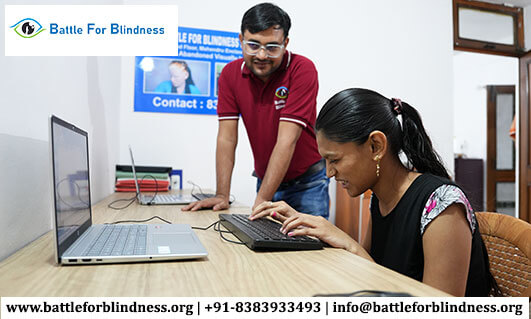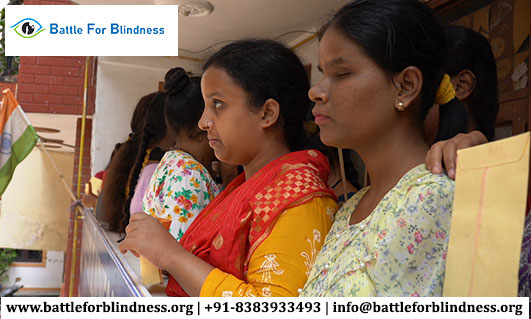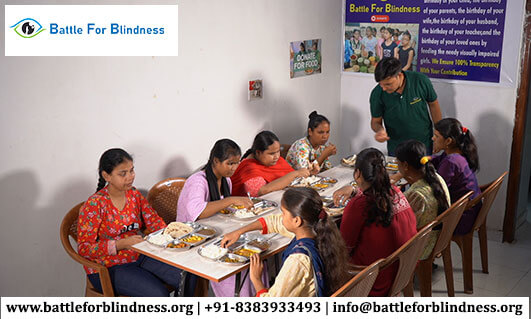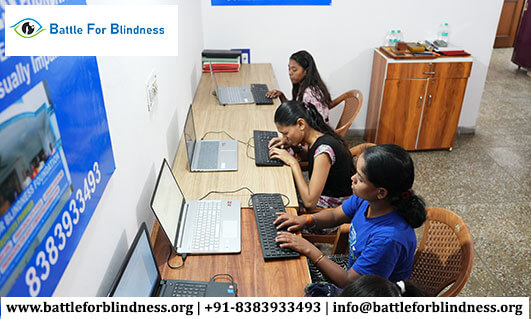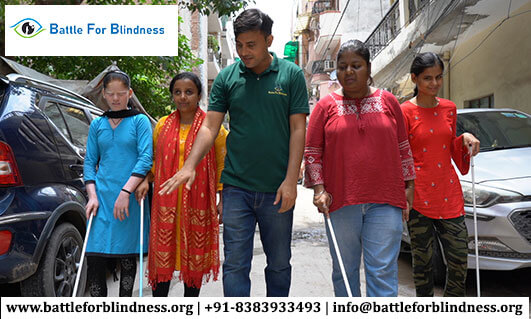
When it comes to education for students with combined vision and hearing impairments, a one-size-fits-all approach is not enough. Deaf-blind students face unique challenges that require individualized strategies to ensure their educational success. Personalized Learning Plans (PLPs) are key to unlocking the potential of these students, providing tailored support that meets their specific needs. In this blog, we’ll explore how PLPs can be created and implemented for deaf-blind students, offering a roadmap to success in their learning journey.
Understanding the Challenges
Deaf-blindness is a combination of vision and hearing loss, which affects communication, learning, and daily functioning. Each student experiences different degrees of hearing and vision loss, making it essential to understand their unique combination of impairments. A Deaf-blind student may have limited ability to use traditional auditory or visual cues for communication, which can impact their access to information and their social interactions.
The key to supporting deaf-blind students lies in developing a comprehensive learning plan that focuses on their individual strengths and needs. This is where the importance of Personalized Learning Plans comes in.
What is a Personalized Learning Plan (PLP)?
A Personalized Learning Plan is a customized educational strategy designed to meet the specific needs of a student. It takes into account the student’s abilities, challenges, learning style, and preferences. The goal is to create an inclusive learning environment where the student can thrive.
For deaf-blind students, a PLP should integrate accessible communication methods, technology, specialized learning materials, and support services. These plans require ongoing collaboration between educators, special education professionals, caregivers, and families to ensure that the student’s needs are being met at every step.
Steps to Creating a Successful Personalized Learning Plan for Deaf-Blind Students
-
Assess the Student’s Individual Needs
- Begin by gathering detailed information about the student’s sensory impairments, strengths, communication skills, cognitive abilities, and learning preferences. Use a variety of assessment tools, including direct observations, interviews with family members, and input from specialists like audiologists and ophthalmologists.
- Understanding the combination of sensory loss and how it affects the student’s learning process is essential in identifying the most effective teaching methods.
-
Set Clear, Achievable Goals
- Define specific, measurable, attainable, relevant, and time-bound (SMART) goals for the student. Goals may focus on communication skills, literacy development, social interactions, and life skills.
- For example, a goal could be to increase the student’s ability to communicate through tactile signing or to improve their motor skills using adapted devices.
-
Design Accessible Communication Strategies
- Communication is often one of the most significant barriers for deaf-blind students. A personalized plan should integrate appropriate communication methods, such as tactile sign language, Braille, communication boards, or the use of assistive technologies like screen readers or text-to-speech devices.
- It may also involve training peers, teachers, and family members in the student’s communication system to ensure a consistent approach.
-
Incorporate Specialized Learning Tools and Technology
- Technology plays a pivotal role in providing access to information and enhancing learning opportunities. Devices such as Braille displays, tactile graphics, speech-to-text software, or hearing aids can help bridge the gap.
- Consider using multisensory teaching approaches that engage both the student’s sense of touch and any remaining auditory or visual abilities. Tools such as interactive whiteboards with tactile overlays or voice-activated assistants can be very beneficial.
-
Provide Support Services
- Deaf-blind students benefit from specialized support services, including mobility instructors, orientation and mobility specialists, interpreters, and speech therapists.
- Additionally, access to trained teachers who understand both vision and hearing impairments, as well as trained teaching assistants, can offer essential support in the classroom.
-
Create an Inclusive, Adapted Learning Environment
- The physical learning environment should be adapted to support the needs of deaf-blind students. This may involve the use of tactile markers, auditory cues, and clear physical layouts to promote independence and orientation.
- Ensure that the classroom is equipped with the necessary adaptive equipment, and create opportunities for the student to participate in group activities and social events.
-
Promote Self-Advocacy and Independence
- Empower deaf-blind students to understand and communicate their needs, preferences, and challenges. Encourage self-advocacy skills, which will help them navigate the educational system and the world beyond.
- Teach life skills and problem-solving techniques to foster independence. This may include mobility skills, social skills, and daily living activities.
-
Review and Update the Plan Regularly
- A PLP is not a static document. Regular reviews should be scheduled to assess progress, evaluate the effectiveness of the current strategies, and adjust goals or methods as needed.
- Collaboration between educators, families, and service providers is key to refining the plan and ensuring that the student’s evolving needs are always being met.
Collaboration is Key
Creating a Personalized Learning Plan for a deaf-blind student requires collaboration among a team of professionals. This includes special education teachers, orientation and mobility instructors, speech therapists, psychologists, families, and sometimes, the students themselves. Regular communication between all members of the team ensures that the plan remains responsive and relevant to the student’s needs.
Conclusion
Personalized Learning Plans offer deaf-blind students the best chance for success by addressing their unique challenges and leveraging their strengths. By taking a holistic, individualized approach, educators and caregivers can help these students achieve their full potential. Through careful planning, collaboration, and ongoing support, deaf-blind students can experience meaningful learning, greater independence, and a more fulfilling educational experience.
